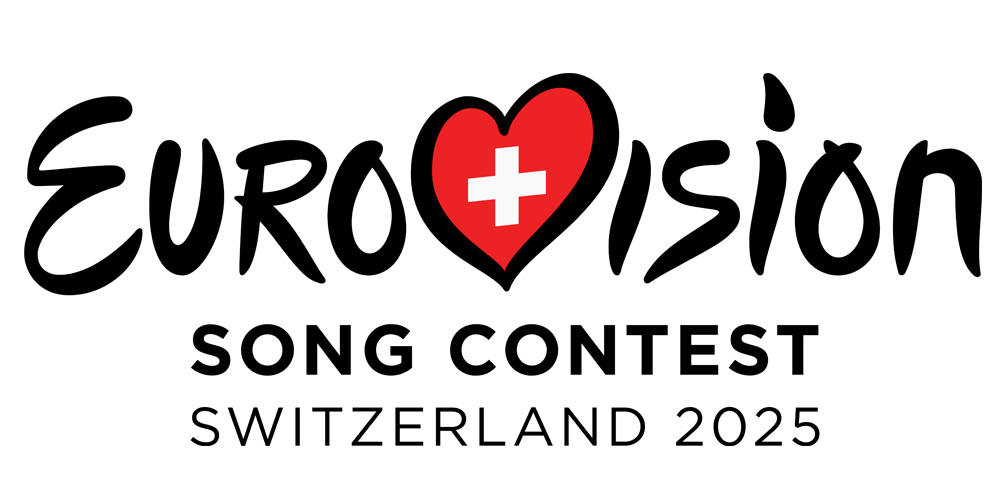A Deeper Dive Into Interdisciplinary And Transdisciplinary Research Methods

Table of Contents
Understanding the Nuances: Interdisciplinary vs. Transdisciplinary Research
Before we dive into the methodologies, let's clarify the key distinctions between interdisciplinary and transdisciplinary research. Both involve collaboration across multiple disciplines, but the level of integration and the nature of the collaboration differ significantly.
-
Interdisciplinary research involves drawing upon different disciplines to address a research problem. Disciplines maintain their individual identities and methodologies, working alongside each other to integrate existing knowledge. The focus is on combining established theories and methods to gain a more comprehensive understanding of the research question.
-
Transdisciplinary research, on the other hand, goes beyond simply integrating existing knowledge. It transcends disciplinary boundaries, creating entirely new approaches and methodologies. Disciplines merge to create a holistic understanding and collaboratively generate new knowledge and solutions. The focus is on creating new knowledge, not just integrating existing knowledge.
Here's a table summarizing the key differences:
| Feature | Interdisciplinary Research | Transdisciplinary Research |
|---|---|---|
| Collaboration | Disciplines work alongside each other | Disciplines merge to create a new approach |
| Problem Focus | Integrating existing knowledge to solve a problem | Creating new knowledge and solutions |
| Integration | Moderate integration of perspectives and methods | High level of integration, often creating new methods |
| Outcome | Enhanced understanding of a problem | Novel solutions and integrated knowledge |
Methodological Approaches in Interdisciplinary Research
Interdisciplinary research employs a range of methodologies, often combining qualitative and quantitative approaches to gain a comprehensive perspective.
Qualitative Methods
Qualitative methods excel at exploring complex social phenomena and understanding diverse perspectives. In interdisciplinary contexts, they facilitate the integration of insights from various disciplines. Examples include:
- Ethnography: Immersing oneself in a culture or community to understand its practices and beliefs.
- Interviews: Gathering in-depth information through structured or semi-structured conversations.
- Focus groups: Facilitating discussions among small groups to explore shared experiences and perspectives.
- Case studies: Examining specific cases in detail to gain insights into broader phenomena.
- Discourse analysis: Analyzing written or spoken language to understand underlying meanings and power dynamics.
These methods allow researchers to capture the richness and complexity of human experience, crucial for cross-disciplinary understanding and data integration in interdisciplinary projects.
Quantitative Methods
Quantitative methods offer the capacity to measure and analyze data statistically, providing a robust empirical foundation for interdisciplinary research. Examples include:
- Surveys: Gathering data from large samples using standardized questionnaires.
- Statistical analysis: Using statistical techniques to analyze data and draw inferences.
- Modeling: Developing mathematical or computational models to simulate complex systems.
- Experiments: Conducting controlled experiments to test hypotheses and establish causal relationships.
These methods are valuable for quantifying impacts, identifying patterns, and drawing conclusions across disciplines, adding a layer of rigor to interdisciplinary studies.
Mixed Methods
The power of interdisciplinary research is often magnified by employing mixed methods. This approach combines qualitative and quantitative methods, leveraging the strengths of each to achieve a richer and more nuanced understanding.
- Combining qualitative interviews with quantitative surveys allows researchers to explore both the "why" and the "how" of a phenomenon.
- Integrating statistical modeling with ethnographic observations can provide both broad patterns and detailed contextual insights.
Mixed methods enhance rigor and validity, offering a more comprehensive perspective than relying on a single methodological approach.
Methodological Approaches in Transdisciplinary Research
Transdisciplinary research demands innovative methodologies that go beyond the traditional disciplinary boundaries. It emphasizes collaboration and participatory approaches.
Participatory Approaches
A cornerstone of transdisciplinary research is the active involvement of stakeholders and end-users throughout the research process. This collaborative knowledge creation ensures that research is relevant, impactful, and addresses real-world needs. Key techniques include:
- Participatory Action Research (PAR): Researchers and stakeholders collaboratively identify problems, develop solutions, and implement actions.
- Community-Based Participatory Research (CBPR): Research is conducted in collaboration with communities to address issues relevant to their lives.
These approaches empower stakeholders, fostering a sense of ownership and ensuring that research outcomes are applicable and sustainable.
Systems Thinking
Complex problems often involve intricate interactions between multiple factors. Systems thinking provides a framework for understanding these complex relationships, employing tools like:
- Systems diagrams: Visual representations of the interconnected elements within a system.
- System dynamics modeling: Models that simulate the dynamic behavior of systems over time.
This holistic perspective is crucial for identifying leverage points and developing effective interventions.
Integrated Knowledge Creation
The ultimate goal of transdisciplinary research is the creation of new integrated knowledge that transcends disciplinary boundaries. This requires innovative methods for synthesizing findings from diverse disciplines. This process can be challenging, requiring:
- Development of shared conceptual frameworks: Creating a common language and understanding across disciplines.
- Development of integrative methodologies: Combining and adapting methods from multiple disciplines.
- Strategies for handling conflicting data and perspectives: Employing techniques for resolving disagreements and integrating seemingly contradictory findings.
Challenges and Opportunities in Implementing Interdisciplinary and Transdisciplinary Research
While offering immense potential, interdisciplinary and transdisciplinary research present unique challenges and opportunities.
Challenges
- Communication barriers: Differences in terminology, methodologies, and perspectives can hinder communication and collaboration.
- Integration challenges: Combining diverse data and methodologies can be complex and require sophisticated analytical techniques.
- Resource allocation: Securing funding and resources for collaborative projects can be challenging.
- Power dynamics: Unequal power relationships among disciplines can affect research priorities and outcomes.
Addressing these challenges requires careful planning, skilled facilitation, and a commitment to inclusive collaboration.
Opportunities
Despite these challenges, the potential benefits of interdisciplinary and transdisciplinary research are significant:
- Addressing complex problems: These methods are uniquely suited for tackling complex, real-world problems that transcend disciplinary boundaries.
- Innovation and creativity: Collaboration across disciplines fosters new ideas and innovative approaches to problem-solving.
- Impact and relevance: By involving stakeholders and end-users, research becomes more relevant and impactful.
- Enhanced knowledge sharing: These methods promote knowledge sharing and collaboration across disciplines, strengthening the overall research community.
Conclusion
Interdisciplinary and transdisciplinary research methods offer powerful tools for addressing the complex challenges facing our world. While interdisciplinary research integrates existing knowledge from different disciplines, transdisciplinary research goes further, creating new knowledge and solutions by transcending disciplinary boundaries. The choice between these approaches depends on the specific research question and context. Both approaches, however, require careful planning, effective communication, and a commitment to collaboration. Understanding the nuances of each approach is crucial for maximizing their potential for impactful outcomes. Embrace interdisciplinary and transdisciplinary research methods to unlock new possibilities in your field! Further resources and information on these methodologies can be found through online academic databases and specialized journals.

Featured Posts
-
 Third Of People Face Postage Stamp Price Hike From Monday
May 19, 2025
Third Of People Face Postage Stamp Price Hike From Monday
May 19, 2025 -
 Record Drone Attack On Ukraine Russias Escalation
May 19, 2025
Record Drone Attack On Ukraine Russias Escalation
May 19, 2025 -
 Armenias Eurovision 2025 Participant Confirmed Parg At In Concert
May 19, 2025
Armenias Eurovision 2025 Participant Confirmed Parg At In Concert
May 19, 2025 -
 Nyt Connections Puzzle Answers For April 11 2024 670
May 19, 2025
Nyt Connections Puzzle Answers For April 11 2024 670
May 19, 2025 -
 Portugal Election 2023 Third Snap Vote In Three Years
May 19, 2025
Portugal Election 2023 Third Snap Vote In Three Years
May 19, 2025
